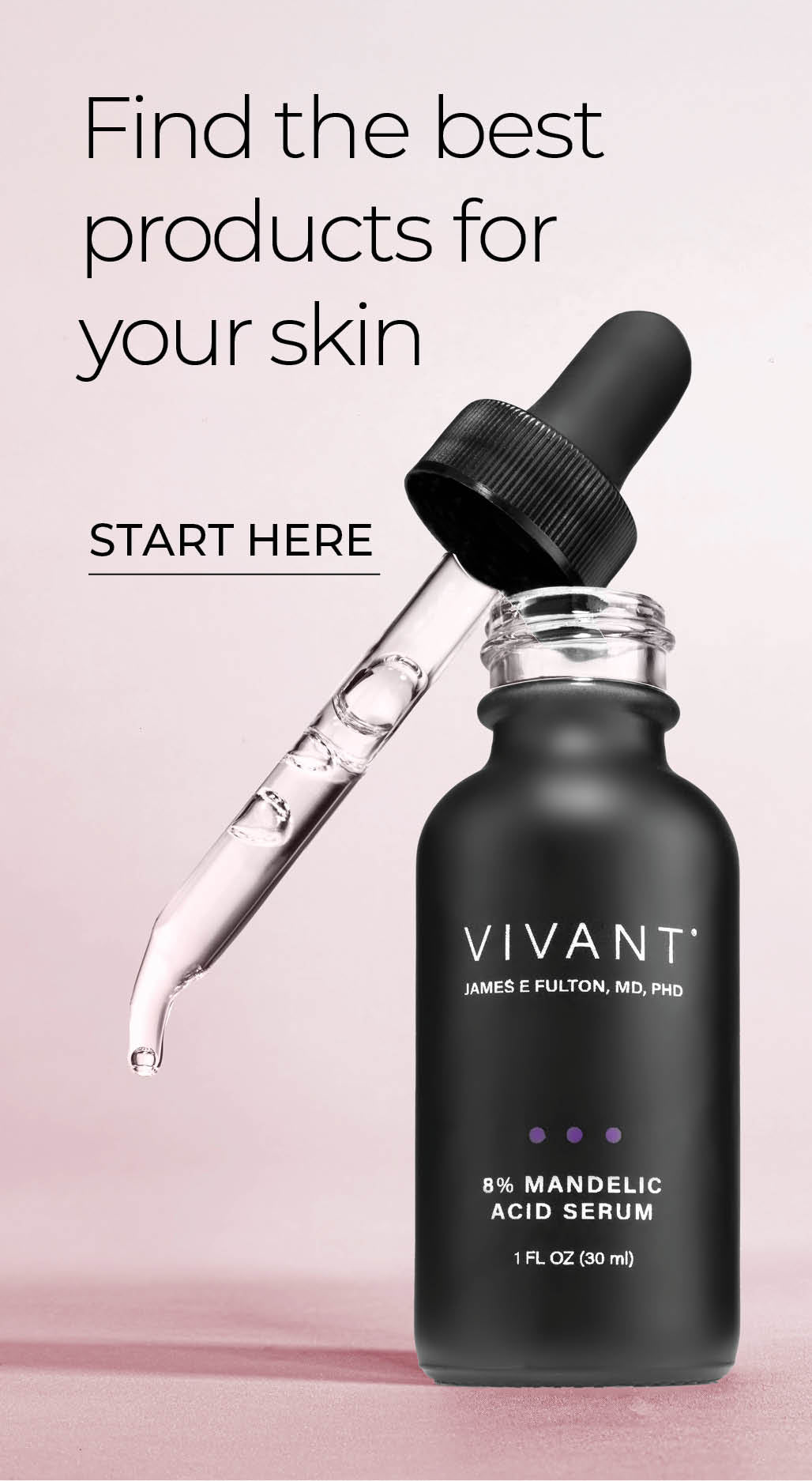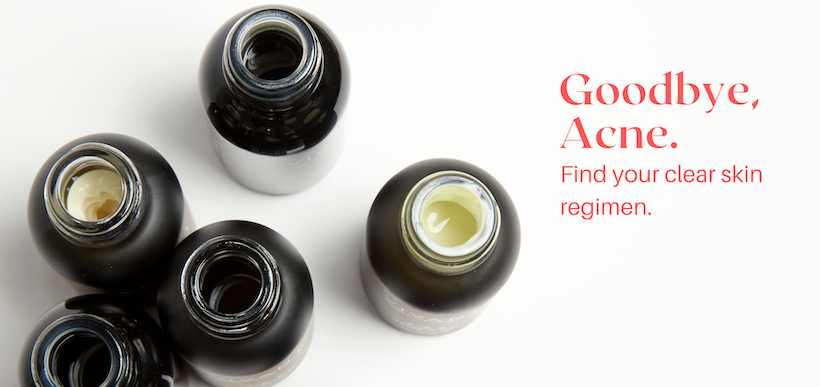Reduce Pigmentation Caused by Waxing or Other Hair Removal

Table of contents
Our bodies are hairy. It’s a fact. And yet, it’s something that we seem intent on denying. To that end, we have invented numerous ways to rid our skin of unwanted hair: waxing, plucking, lasers, depilatories. We are locked in an eternal battle with our follicles. With so many assault weapons, it’s not hard to win the battle. But are you losing the war?
If you’ve been engaging in this fight, you may have been hit with a steep tariff, a wax tax, if you will. We’re talking about the dark pigmentation that can show up where the unwanted hair once appeared. A ghost mustache that just won’t seem to disappear.
This is post-inflammatory hyperpigmentation or PIH and it’s caused by trauma to the skin . Hair removal treatments like those mentioned above cause damage to the follicle. This trauma triggers melanocyte cells to spring into action in an attempt to protect the skin. When melanocytes get stimulated, pigment is formed. Melasma, which is hormonal, may be a contributing factor , but the trauma to the skin (i.e. the hair removal procedure) is the instigator in this scenario.
How to Reduce Pigmentation Caused by Waxing or Other Hair Removal
The best way to avoid the problem is to avoid waxing, plucking, or laser treatments on the delicate area of the upper lip. If it’s too late for that, and you’re already dealing with the dark specter, there is a plan of attack. And here it is.
Protect Yourself From The Sun
First and foremost, apply sunscreen daily to your entire face and décolletage but pay special attention to the upper lip. Vivant’s Day Treatment Lotion SPF 15 contains zinc peptides, which not only provide protection from UV radiation, but also help to promote collagen production and reduce inflammation. To enhance your UV protection, apply Vivant’s Pure C & E serum underneath your sunscreen . The pairing of antioxidant vitamins C & E has been proven to provide significantly enhanced photo-protective effects, far better than sunscreen alone.
Use An Exfoliating Serum
Use a daily serum that combines brighteners and exfoliating agents to boost cell renewal and fade excess pigmentation. Look for ingredients like kojic acid, lactic acid, salicylic acid, glycolic acid, and niacinamide. Vivant's Exfol-A™ combines Retinyl (vitamin A) propionate with glycolic, kojic and lactic acids for a rapid cell regenerating formula that also works to prevent future dark spots from forming. For dark skin prone to hyperpigmentation or skin too sensitive for glycolic acid, 8% Mandelic Acid 3-in-1 Serum provides gentle resurfacing and pigment correction.
Discover Advanced Brighteners
For years, hydroquinone was considered the top of the food chain for fading excess pigment. Changes in FDA regulation mean hydroquinone is no longer available without a prescription. Fortunately, there are new ingredients and formulations that act on melanocytes to brighten and promote even tone with similar results. Vivant’s FF3 Triple Repair Complex contains next-generation skin-brightening peptides, including oligopeptide 68, shown to be as effective as 4% hydroquinone. These cell-signaling proteins also work to suppress chemical messengers for inflammation to protect against cell damage.
Mitigate The Irritation
If you just can’t live without the hair removal, do everything you can to mitigate the irritation. Use an ice compress immediately following the procedure. Follow that with a soothing lotion like Vivant’s Allantoin Sedating & Hydrating Lotion , which uses the healing compound allantoin derived from comfrey leaves, along with nourishing grape seed extract, zinc peptides, oat proteins, and aloe to calm and repair. Apply Pure C + E and sunscreen before going out.
Be Patient
Because pigment begins deep in the skin and works its way to the surface, fading takes time. Employ the steps above and be patient. It may take six to eight weeks to see visible results.


Comments